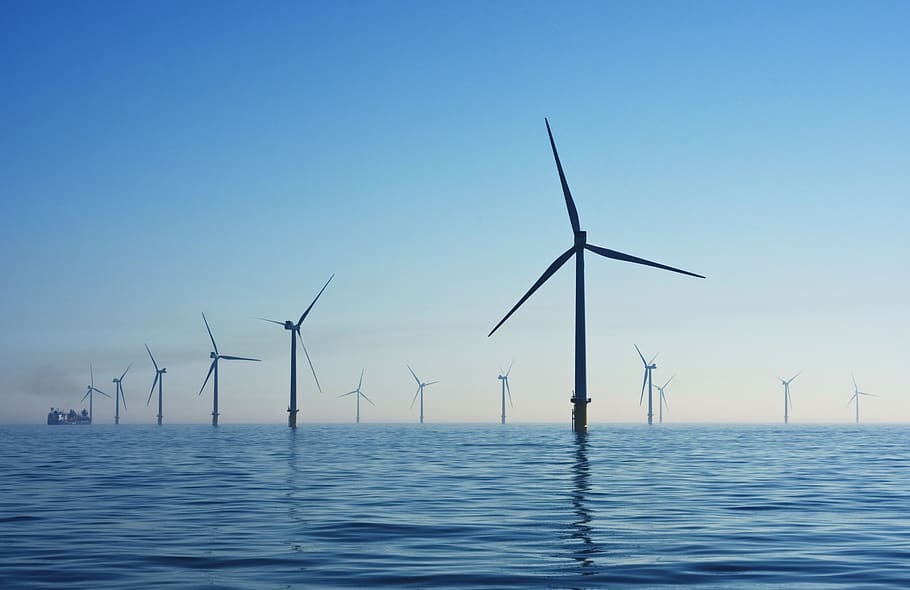The Net Zero Technology Centre (NZTC), and the Cygnus JV and Sealand Projects has identified four electrification options for an offshore oil and gas asset to reduce emissions from its operation.
The Southern North Sea – Oil and Gas Asset Electrification Study reviewed the possibility in electrifying an offshore platforms with power from offshore wind using the Neptune Energy operated Cygnus platform in the UK Southern North Sea as a case study.
By 2030 the site will have 6.8GW of wind power within 50km of Cygnus, increasing to 14.1GW within 100km of the asset, making it a suitable case study for the investigation of electrification using offshore wind, NZTC said.
Identified within the study are four options that could provide a pathway to electrification. This includes local offtake with a power purchase agreement, local offtake with an offshore transmission owner, reallocation of turbines and dedicated offshore wind farms serving a platform.
“The size of the prize is significant if we can establish a viable way to leverage the existing infrastructure to supply power to offshore oil and gas assets,” said Graeme Rogerson, senior project manager at the Net Zero Technology Centre.
“We have a number of barriers to overcome including regulatory challenges and establishing a way to make one of the four proposed options economically viable. However, the engagement levels from stakeholders have been hugely promising and there is definite appetite to maximise the opportunity for electrification of oil and gas assets.”
The power purchase agreement study indicated that it could reach an estimated CAPEX of £128 million with the earliest electrification to start in 2030.
It states that this is technically and a commercially the most straightforward option of the four factors. However, a significant time period will be required in order to achieve this due to regulatory requirements.
Using local offtake with an offshore transmission owner could reach an estimated CAPEX of £194.3 million but comes with its own challenges. The study states this is technically the most challenging. This option also has high potential in having to procure additional cable capacity without utilising the power and thus is not an optimal solution.
The string solution could generate an estimated CAPEX of £157.8 million with the earliest electrification date being 2026.
The study states that an appetite exists to achieve this within the timeframe identified however a full technical review would be necessary for its integration. It is also regarded as the quickest route to electrification.
The study’s final option, utilising dedicated offshore wind farms serving a platform, could generate an estimated CAPEX of £163 million with its first electrification date being 2026.
In developing this solution, it would require the process to reopen before this can be implemented which is likely to be looked upon favourably. Despite this, it is not seen to maximise the opportunity in collaborating with offshore wind.
“The electrification of offshore platforms will help to reduce emissions and facilitate the transition of the North Sea to a net-zero economy. With its wealth of expertise and experience, North East Scotland is leading the world in decarbonising the energy industry while bringing in new jobs and investment,” said UK Government Minister for Scotland Malcolm Offord.
“The UK Government is investing £90 million in the Net Zero Technology Centre to support this and levelling up communities across Scotland with more than £2 billion.”





